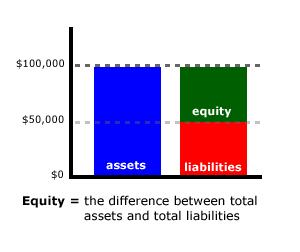Understanding Financial Statements
By Julie King | September 30, 2001
Two financial statements are used by financial institutions to evaluate a company's loan application, the Income Statement and the Balance Sheet. It is important for business owners to become comfortable with understanding how these statements can help with the evaluation of the financial health of a business.
The Income Statement
The first, the Income Statement, shows the sales (incoming revenues) and expenses over a set period of time.
This statement is a good indicator of the profitability of a business during a particular period, as it shows the net result when the sales of the business are put against its expenses.
The Balance Sheet
The Balance Sheet, on the other hand, is a snapshop in time, showing the business's assets, liabilities and shareholder capital on a specific date. As a result gives a good picture of a company's financial position.
Something that is often difficult for new entrepreneurs to grasp is the way that equity is calculated on the balance sheet, where the total assets always equal the total liabilities plus equity.
In other words, your companies equity is equal to the value of its total assets minus its total liabilities. If the business assets are greater than its liabilities, which is hopefully the case, then the equity of the business is positive difference between the two numbers.
Example:
On Company ABC's Balance Sheet, the Total Assets are $100,000, while the Total Liabilities are $40,000. In this case the difference between the assets and liabilities is $60,000. Since equity is equal to this difference, the equity of Company ABC at that time is $60,000.
If Company ABC had Total Liabilities of $50,000, with its Total Assets staying at $100,000, then the equity of Company ABC at that time would be $50,000. The increase in the total liabilities of the company in comparison to its total assets cause the equity of the business to drop.

You can learn more about the balance sheet in our in-depth articles, Accounting 101: Balance Sheet Basics.
Learning to read your Income Statement and Balance sheet are important part of the process of taking control of the financial future of your company.






